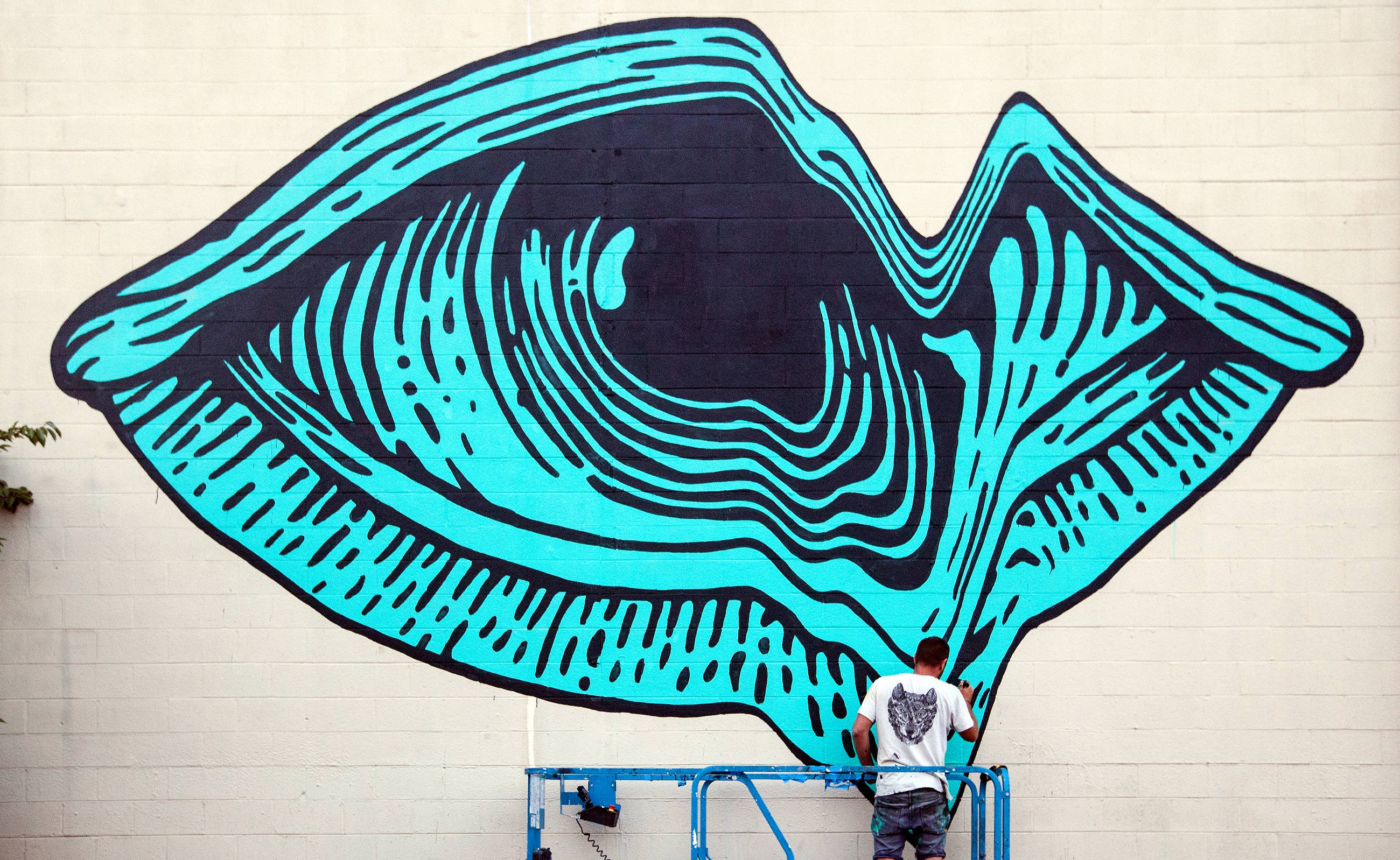✓ Free shipping for orders over 70€ (Spain) - Free shipping on orders over 99€ (Rest of Europe)
✓ Free shipping for orders over 70€ (Spain) - Free shipping on orders over 99€ (Rest of Europe)
✓ Free shipping for orders over 70€ (Spain) - Free shipping on orders over 99€ (Rest of Europe)
✓ Free shipping for orders over 70€ (Spain) - Free shipping on orders over 99€ (Rest of Europe)
✓ Free shipping for orders over 70€ (Spain) - Free shipping on orders over 99€ (Rest of Europe)
✓ Free shipping for orders over 70€ (Spain) - Free shipping on orders over 99€ (Rest of Europe)
✓ Free shipping for orders over 70€ (Spain) - Free shipping on orders over 99€ (Rest of Europe)
✓ Free shipping for orders over 70€ (Spain) - Free shipping on orders over 99€ (Rest of Europe)
✓ Free shipping for orders over 70€ (Spain) - Free shipping on orders over 99€ (Rest of Europe)
✓ Free shipping for orders over 70€ (Spain) - Free shipping on orders over 99€ (Rest of Europe)


